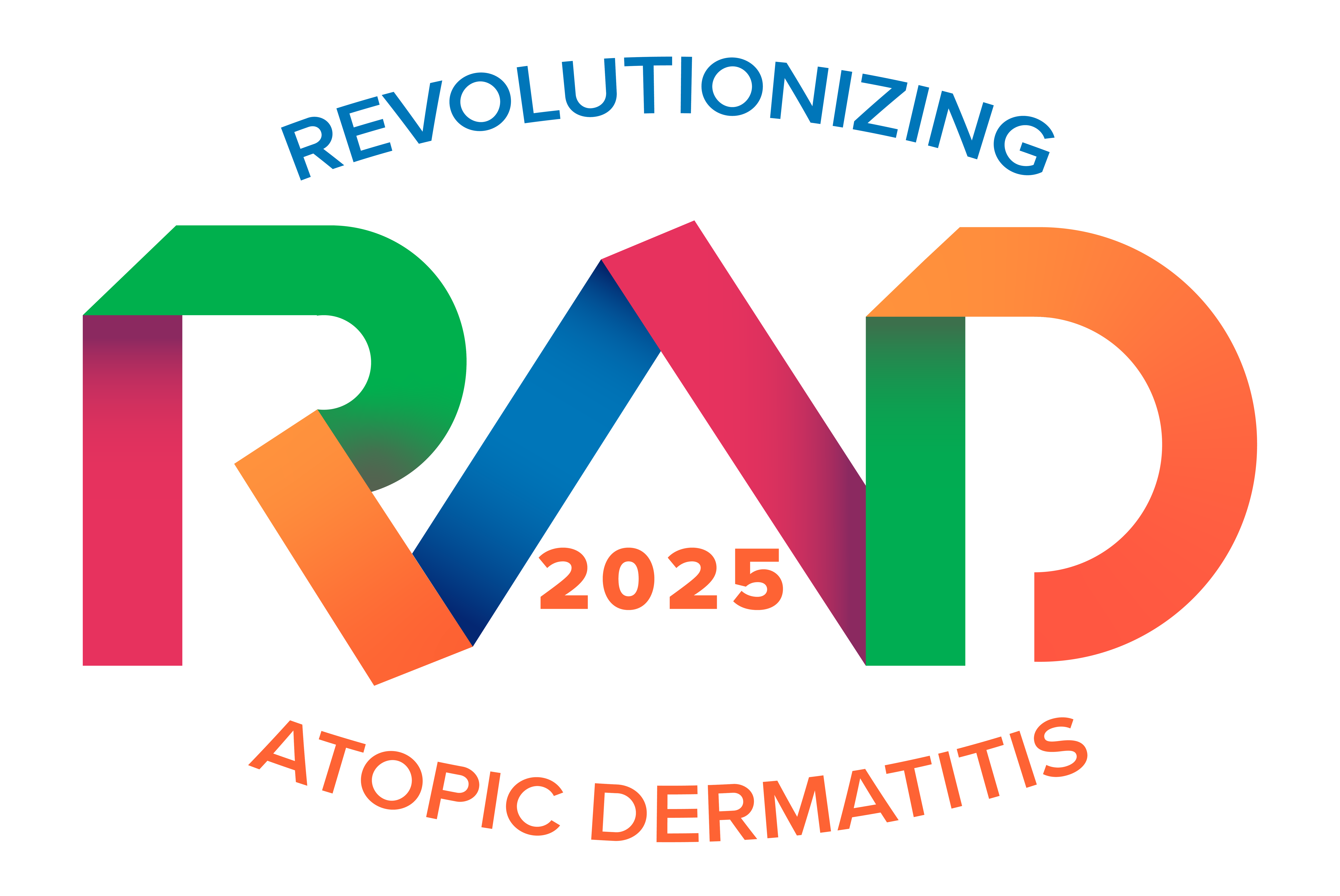
All Things JAKs for Vitiligo

David Rosmarin, MD, presented new and upcoming pipeline updates for the treatment of vitiligo at the Revolutionizing Vitiligo Virtual Conference.
During the
Rosmarin first emphasized documenting vitiligo as nonsegmental vitiligo in the notes vs segmental vitiligo. “What we all refer to as vitiligo, we almost always mean nonsegmental,” said Rosmarin. Nonsegmental vitiligo includes acrofacial, mucosal, generalized, universal, mixed, and rare variants, and likes areas that are often hyperpigmented such as the face or hands.
The next step of documentation includes the impact on quality of life. According to Rosmarin, 95% of teenagers aged 15 to 17 years are bothered by vitiligo compared to 50% of children aged 6 to 14 years. “What bothers patients the most is the uncontrolled progression of disease, which tends to be more worrisome,” said Rosmarin.
The third step in documentation includes vitiligo concealment. Rosmarin referenced a recent study where 53.3% of patients reported having to cover or hide their vitiligo. Patients (n=25) spent a mean of 56.8 minutes every day covering vitiligo on their face with makeup. Additionally, patients (n=10) spent a mean of 29.5 minutes every day covering vitiligo on other parts of their bodies with makeup.
“Since the approval of ruxolitinib cream, I have found it easier to get treatments covered by insurance companies. There is a recognition by more payers that vitiligo is a medical disease. Nevertheless, there is still work to be done in educating others as to the importance of providing treatment to those that want it,” Rosmarin told Dermatology Times in an interview.
JAK Inhibitors for Vitiligo Treatment
Since ruxolitinib cream (Opzelura; Incyte) was approved by the FDA in 2022, it has been the gold standard of treatment for patients with nonsegmental vitiligo. In his ReV presentation, Rosmarin reviewed data from the TRuE-V1 and TRuE-V2 clinical trials that demonstrated half of patients who applied ruxolitinib cream from day 1 achieved F-VASI75 by week 52. Additionally, half of patients who applied ruxolitinib cream from day 1 achieved F-VASI50 by week 52.
Rosmarin also noted that there are additional JAK inhibitors to keep an eye on regarding the treatment of nonsegmental vitiligo, including povorcitinib, upadacitinib, ritlecitinib, baricitinib in combination with NB-UVB, as well as a newer therapy of MK-6194.
“It's an exciting time with new vitiligo treatments in development. One strategy that may be beneficial is combining JAKi with phototherapy. The study by Seneschal et al showed that NB-UVB was more effective when baricitinib was used concomitantly than with NB-UVB alone. We still need to do more studies including trials comparing patients who receive phototherapy + a JAKI versus a JAKi alone,” concluded Rosmarin.
Reference
Rosmarin D. The JAK inhibitors: currently available and the pipeline. Presented at: 2023 Revolutionizing Vitiligo Virtual Conference; December 10, 2023.
Newsletter
Like what you’re reading? Subscribe to Dermatology Times for weekly updates on therapies, innovations, and real-world practice tips.

















